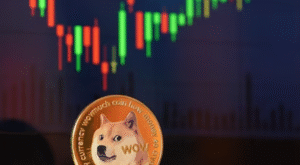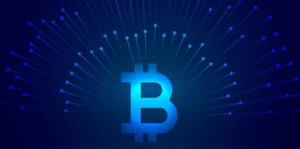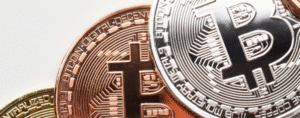$BTC $ETH $USDT
#Stablecoins #Cryptocurrency #Blockchain #Finance #CryptoMarket #Bitcoin #Ethereum #DigitalAssets #DeFi #MarketOnEdge #StablecoinDebate #CryptoNews
A market stuck in suspense is unnerved by the tension of awaiting signals from macroeconomic events, policy announcements, or market leaders to guide its direction. Investors are sitting on edge, oscillating between cautious optimism and a growing sense of risk aversion, as uncertainties cloud the horizon. While central banks walk a fine line balancing inflation control and fostering economic growth, market participants remain wary of potential policy surprises. As a result, broad-market indices, cryptocurrencies, and certain commodities display low volatility but tread water as anxiety lingers. The lack of a decisive movement underscores the highly reactive nature of today’s financial ecosystem, where even a small shift in monetary policy stance or geopolitical news can trigger significant ripples.
In this environment, stablecoins have drawn attention not merely due to their functionality in cryptocurrency ecosystems but also due to their evolving role within the broader financial market. Stablecoins like $USDT (Tether) have long been positioned as the bridge between fiat and digital assets, maintaining a peg to more stable, conventional currencies like the U.S. dollar. However, as regulatory discussions intensify worldwide, critics question whether stablecoins fulfill their promise as “safe harbors.” They note that while these assets mitigate crypto-market volatility, underlying risks, such as the transparency and strength of their reserves, remain significant factors to monitor. For markets looking for stability, particularly at times of heightened speculative swings, the viability of stablecoins to serve their intended role continues to undergo scrutiny.
The debate isn’t confined to the cryptocurrency sector alone. Major financial institutions and retail markets now intersect with stablecoins as payment platforms and banks cautiously explore their integration. The potential for stablecoins to enhance cross-border payments and liquidity remains a key argument in their favor. However, regulatory crackdowns, especially in the U.S., where stablecoin issuers face unprecedented scrutiny, have presented these assets as both an opportunity and a liability for institutional adoption. If tighter regulations enhance transparency and stability, stablecoins could become central to transforming how digital currencies coexist with traditional finance. Conversely, regulatory uncertainty could exacerbate market hesitation, particularly for risk-averse institutional investors still wary of crypto’s challenges.
As markets tread water awaiting clarity, the relevance of stablecoins underscores the broader market’s search for consistency and resilience amid flux. Stablecoins have emerged as a microcosm for the larger balance financial systems seek: stability versus innovation. Market performance in recent months reflects the ongoing tug-of-war between adopting change and retreating into familiar territory during turbulent times. Investors await clearer catalysts capable of breaking the current stasis, whether they come in the form of stablecoin reforms, recalibrated economic policies, or a technological breakthrough in digital finance, promising to unify fragmented efforts at bridging traditional and digital markets.







Comments are closed.